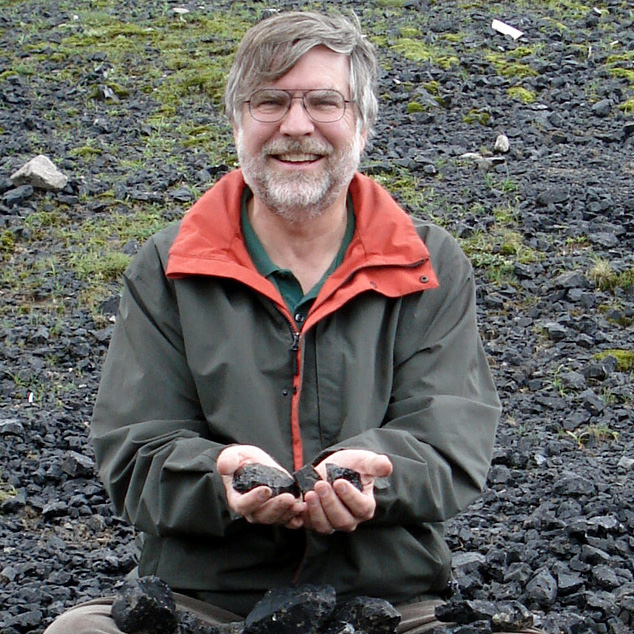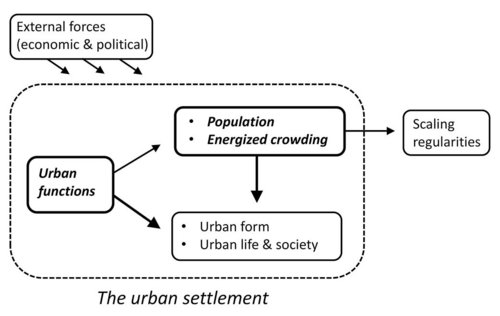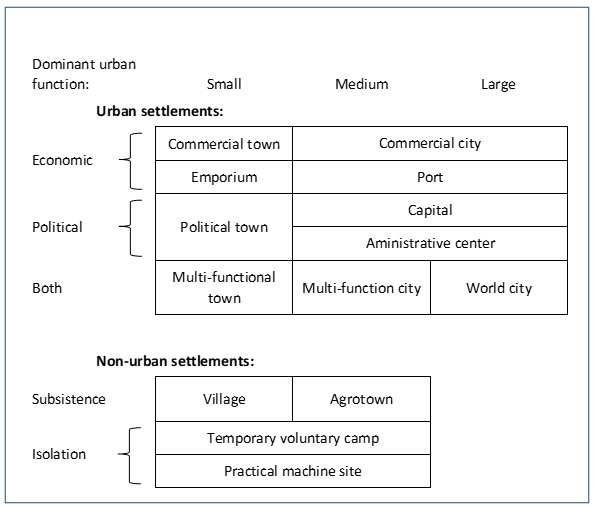Introduktion of Michael Smith (Arizona State University)
UrbNet Visiting Professor, 16 April-8 July 2018.

Michael E. Smith (Arizona State University) is an archaeologist specializing in the Aztecs of central Mexico. His professional title is Professor of Anthropology in the School of Human Evolution and Social Change (formerly the Department of Anthropology) at Arizona State University. He has directed fieldwork projects at Aztec sites in the Mexican state of Morelos and in the Toluca Valley. His research focuses on two broad areas: Aztec social and economic organization, and the comparative analysis of ancient urban societies. His theoretical and comparative interests derive from a scientific, materialist, political-economy approach to ancient state societies. He has published on topics of urbanism, imperialism, households, and economic organization.
His many publications include:
- Smith, M. E. 1979. "The Aztec Marketing System and Settlement Patterns in the Valley of Mexico: A Central Place Analysis", American Antiquity 44, 110-125.
- Smith, M. E. (ed.) 2011. The Comparative Archaeology of Complex Societies (Cambridge: Cambridge University Press).
- Smith, M. E., Arnauld, M. C. & Manzanilla, L. (eds) 2012. The Neighborhood as a Social and Spatial Unit in Mesoamerican Cities (Tucson: University of Arizona Press).
- Smith, M. E. 2014. "Housing in Premodern Cities: Patterns of Social and Spatial Variation", International Journal of Architectural Research 8.3, 207-222.
- Smith, M. E. 2016. "Aztec Urbanism: Cities and Towns", in: Nichols, D. L. & Rodríguez-Alegría, E. (eds), The Oxford Handbook of the Aztecs (Oxford: Oxford University Press), pp. 201-217.
During his stay (April-July 2018), Michael E. Smith will give a lecture series entitled Cities Before the Modern Era: Population, Functions and Urban Life. The lecture series explores the nature of early cities using a simple causal model (see diagram) that explains variations in urban life and society, and urban form, with respect to three kinds of forces:
1. Population (population size and density, and the role of energized crowding)
2. Urban functions (the effect of urban activities on areas outside a city)
3. External economic and political forces

Michael explore similarities and differences among cities and towns before the modern era, and also include comparisons with cities today. The scope of the lecture series includes archaeological and historical data on settlements prior to the Early Modern Period in Europe, and prior to European conquest and colonization in other parts of the world. A major conclusion of the lecture series is that many of the important processes traditionally associated with urbanism in fact existed in non-urban settlements, including Neolithic villages prior to the Urban Revolution, and non-urban settlements today.
The lecture series will contain many case studies of individual cities, or groups of cities, and these will carry much of the argument. Michael will need help with research on many or most of the case studies (in order to use examples that fit well with the work of UrbNet), and they will require the inclusion of many plans and images in the lecture series. Michael may make use of a typology of settlements, organized by size and urban functions (he has not decided yet on the role, if any, of this typology in the lecture series).

The lecture series includes the following lectures:
Lecture 1: What is a city? Why do people live in cities?
Lecture 2: The size of cities in the ancient world
Lecture 3: The political functions of cities: states, empires, and governance
Lecture 4: The economic functions of cities: regions, networks, and commerce
Lecture 5: Life in early cities: social organization, neighborhoods, and inequality
